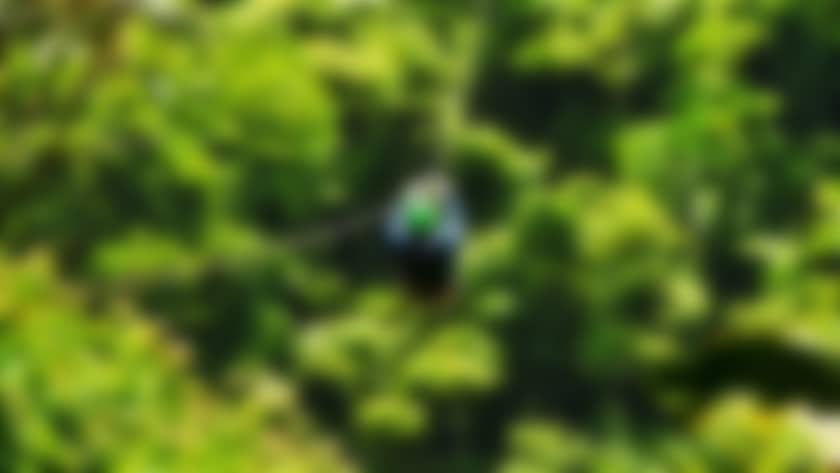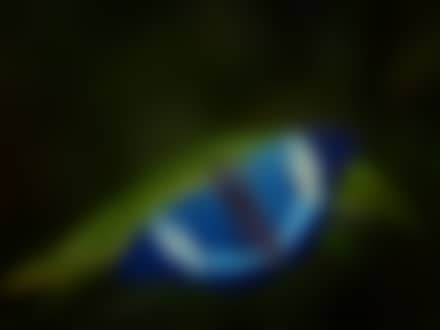About Monteverde
Enjoy an eye-opening experience in a Costa Rica cloud forest, in the northwestern region known as Monteverde, a suburb of Puntarenas. This aptly named town, meaning Green Mountain, is alive with colorful plants and wildlife, such as jaguar, ocelots and the splendidly plumed quetzal bird, who carves its nest into the tall trees of Monteverde’s incredible cloud forest.
Explore Costa Rica
Monteverde, Costa Rica, Central America
Overview
When the weather’s clear, you can spot both the Pacific and Caribbean coasts. This cooler forest is offers a welcome respite from Costa Rica’s more humid tropical rainforests.
The charming town of Monteverde offers cool diversions, as well, such as eclectic shops, diverse restaurants and friendly citizens. There’s even a cowboy culture here due to the town’s proximity to nearby Guanacaste’s flat, arid landscape. The reserve is also one of the few remaining homes of the endangered resplendent quetzal; the opportunity to see this exotic bird is worth the trip alone.
For visitors looking to keep their heads in a cloud and feet planted firmly on the ground, Monteverde, Costa Rica, truly fits the bill.
What To Do
Zipline through the trees; or hike across Monteverde Cloud Forest Reserve’s hanging bridges, originally constructed for scientists studying the native wildlife.
Visit a fascinating wildlife preserve or fluttering butterfly garden.
Embark on a tasty and informative coffee, chocolate or sugar cane tour.
Visit the nearby Santa Elena Cloud Forest Reserve to see toucans to howler monkeys, who call this unique forest home.
At the Monteverde Frog Pond, you can admire more than 25 species of frogs and other amphibians.
When to Go
Only one percent of the world’s forests are considered cloud forests, and many of them exist in Costa Rica. The forest is a bit cooler and wetter than the rest of Costa Rica. Monteverde’s average rainfall is around 97 inches per year. It remains driest from December through April. Cooler temperatures around 65 F are perfect for hiking, ziplining and wildlife spotting.
Fast Facts
During the early 1950s, Quakers from the United States immigrated to Costa Rica to avoid the military draft. The environmentally conscious Quakers settled in Monteverde, shaping the community in many ways. They preserved a third of their land as a watershed to support their farms. Later in 1972, with the additional help of local government and international organizations, they helped create the Monteverde Cloud Forest Reserve.
Mayans and Aztecs both considered the illustrious quetzal, whose name meant tail feather in Mayan, mystical. The tail feathers were once used as currency by these ancient peoples. Today, quetzal is the name of the Guatemalan currency, as well as its colorful national bird. The male of the species grows twin tail feathers up to three feet long to impress potential mates during mating season. Both male and female quetzals boast vivid blue, green and red coloring. These birds can be found from Mexico to Panama. It is considered a ”near-threatened” species as its cloud forest habitat becomes more encroached upon and the bird cannot reproduce in captivity.
Travel Tips & Tools


You will be transferred to our traditional site.
We are currently working on enhancements to this part of our website. A new version will be available soon. Don’t worry – switching over will not interrupt your booking.
Welcome to the all-new Pleasant Holidays booking experience !


You can now plan your next vacation with our exciting new booking engine. Some advanced features are still being developed, and selecting these options may require you to return to our traditional booking experience. Don’t worry – switching over will not interrupt your booking.
We've updated your online experience to make sure you can get your dream vacation. Since our makeover is still in progress, you may experience shifts from our traditional booking experience to our new one.
Contact us
Any questions ?
Our travel advisors will be happy to help!

































